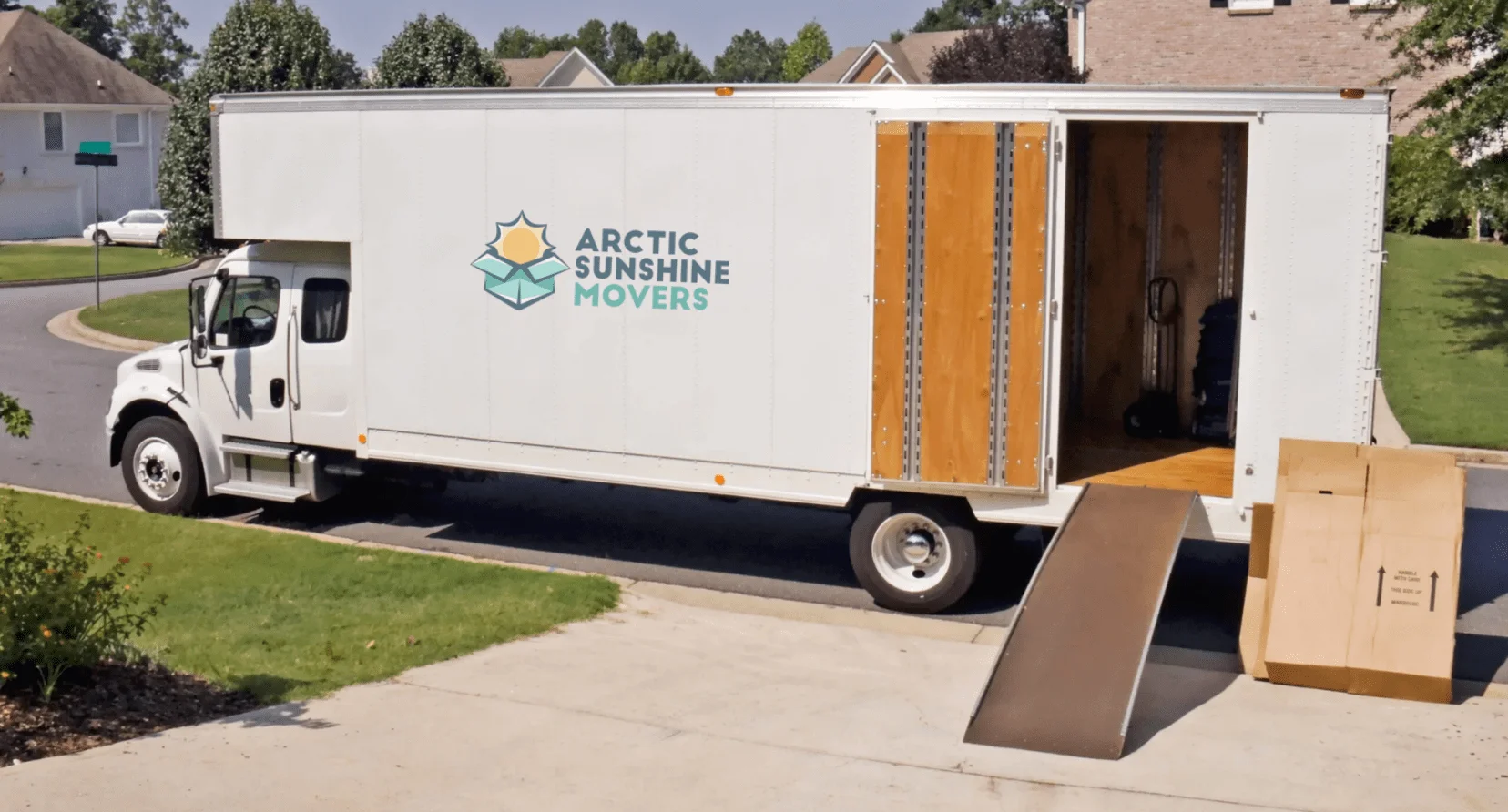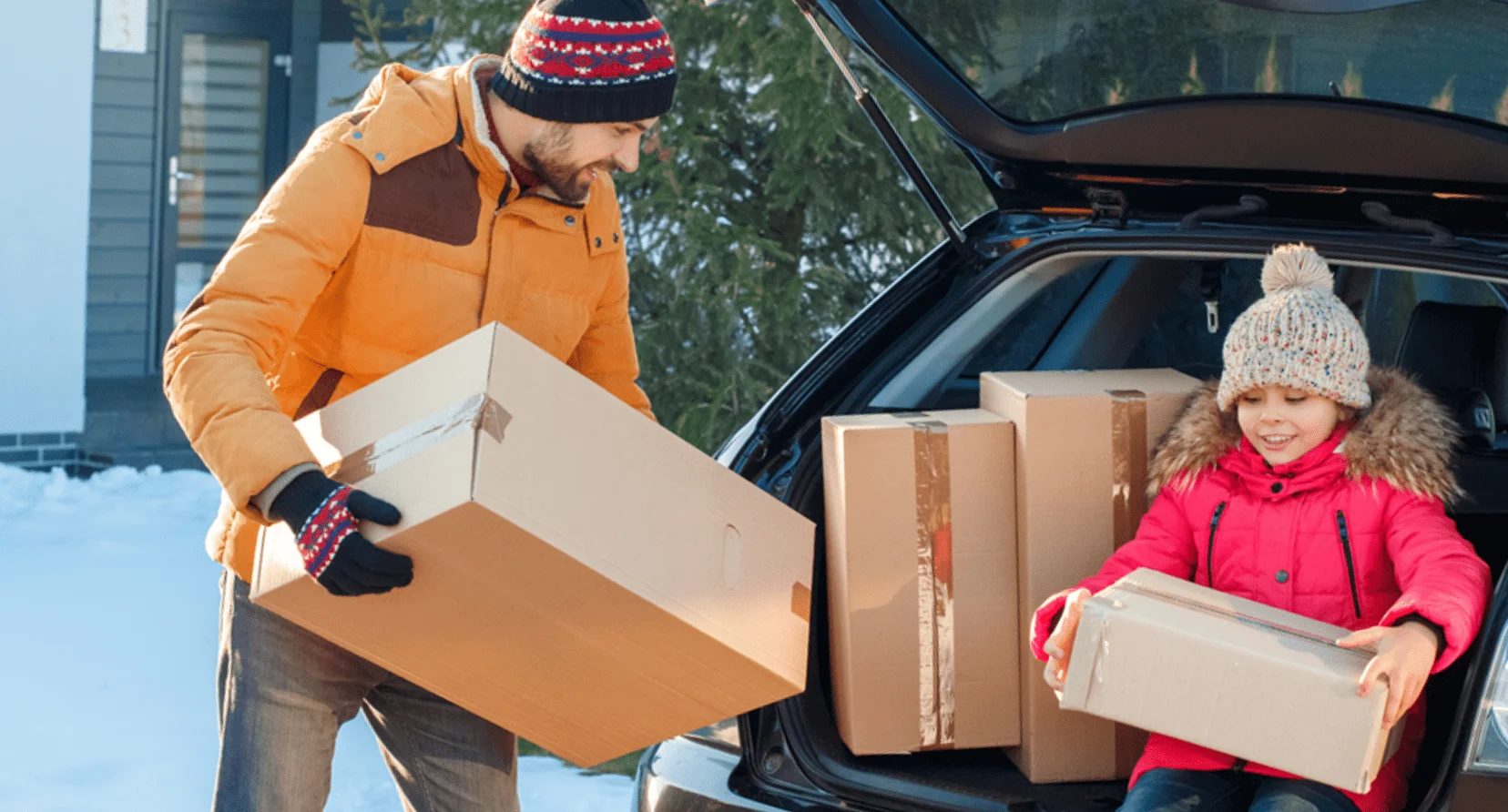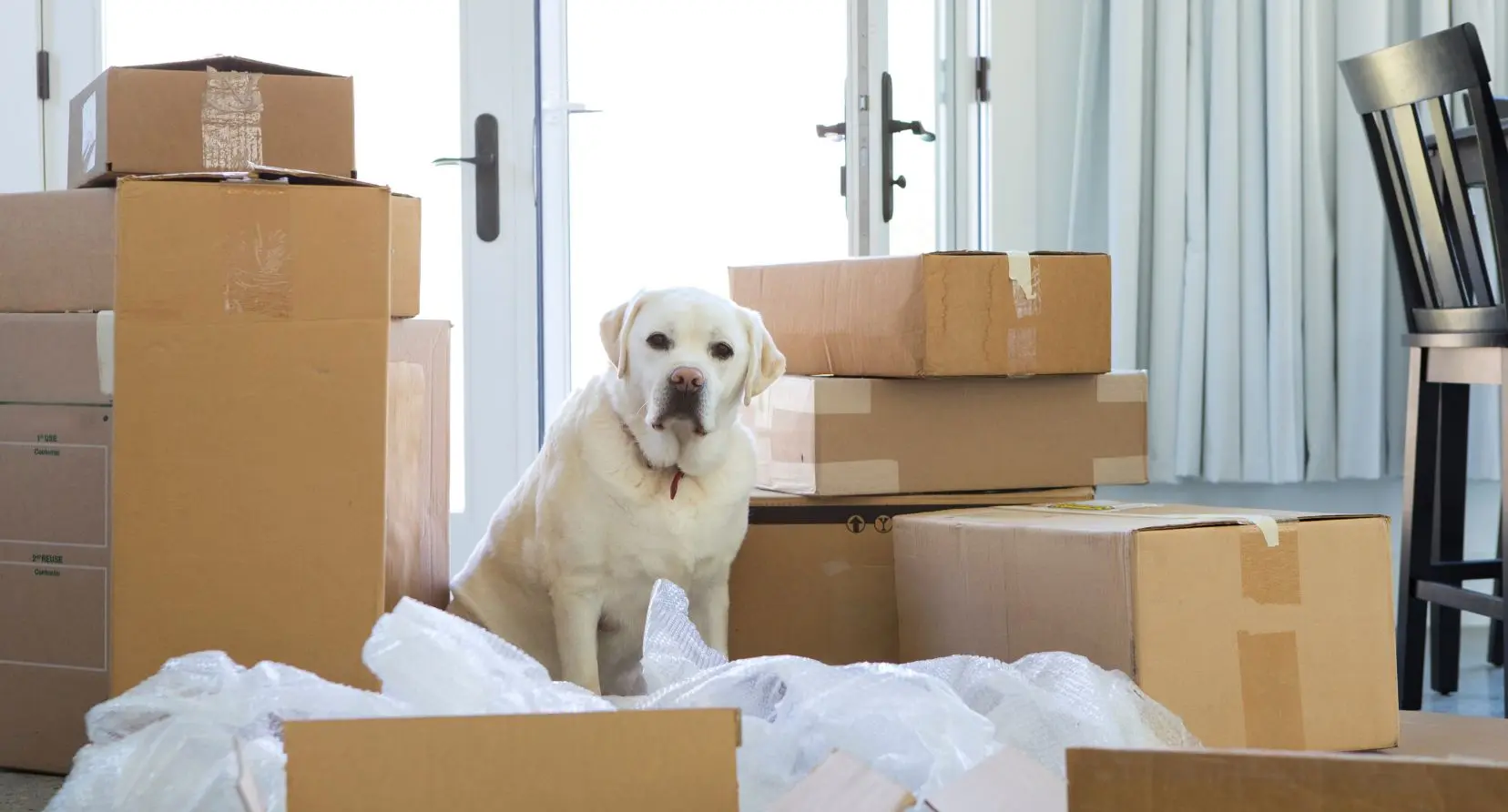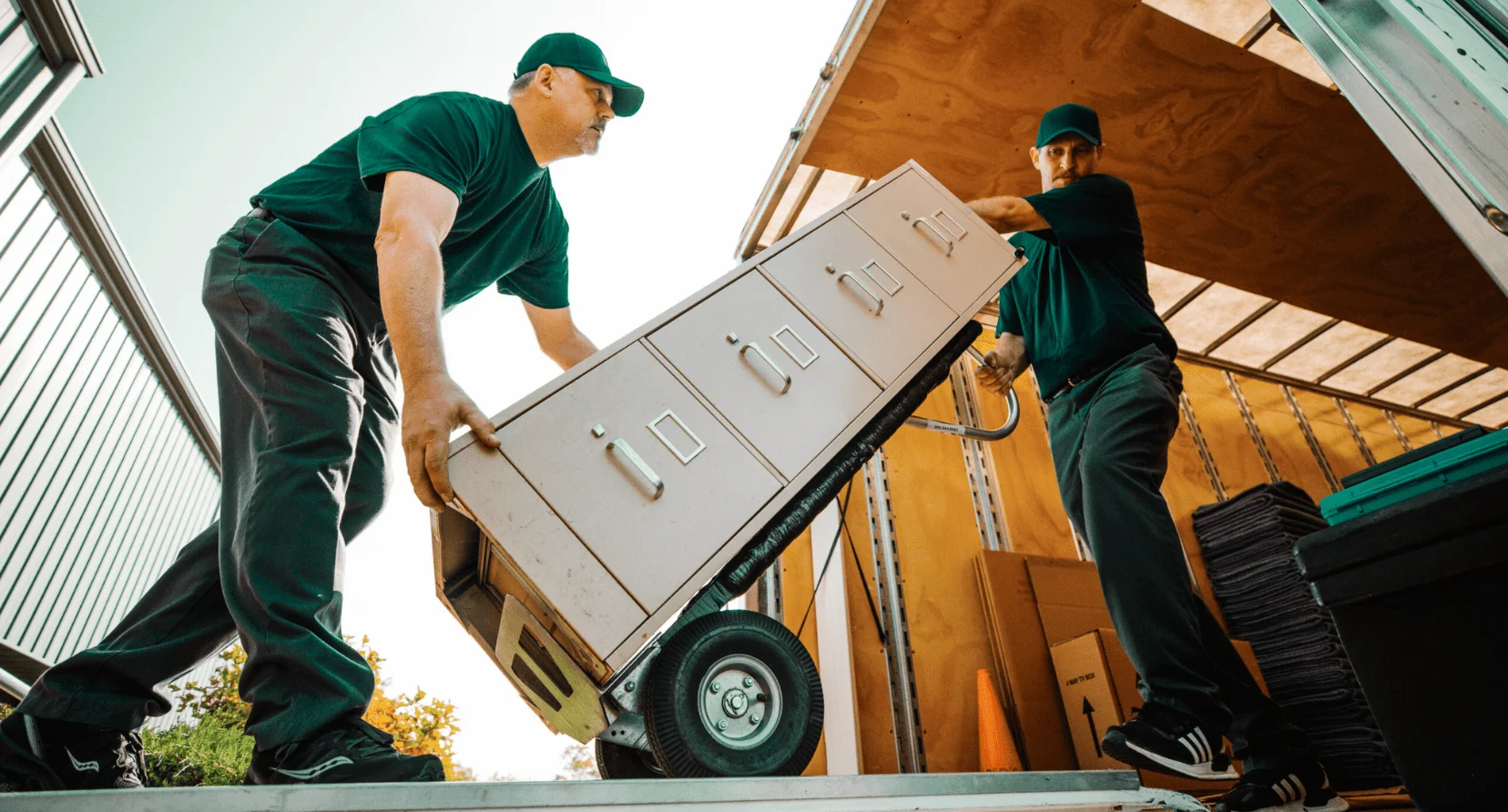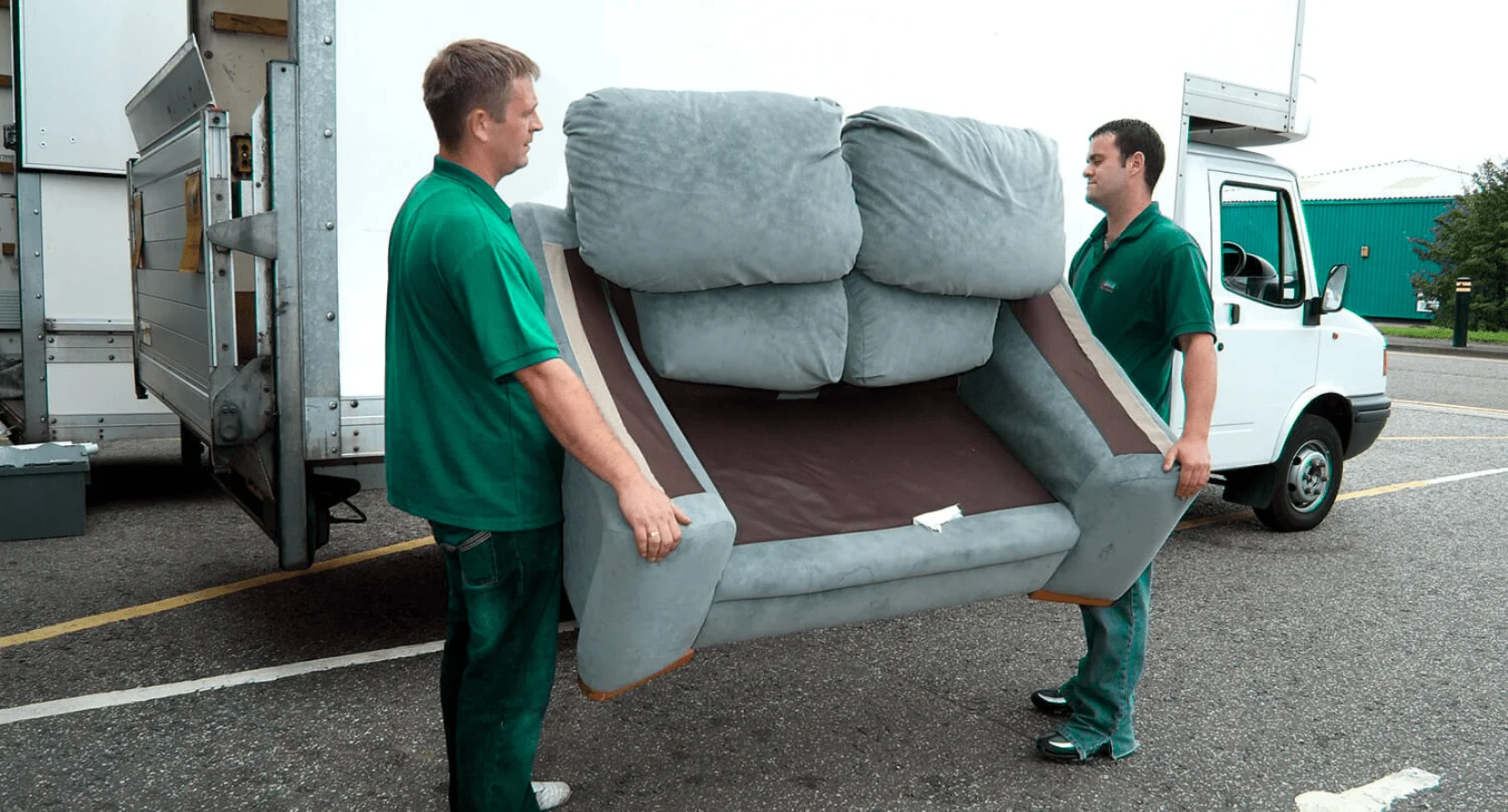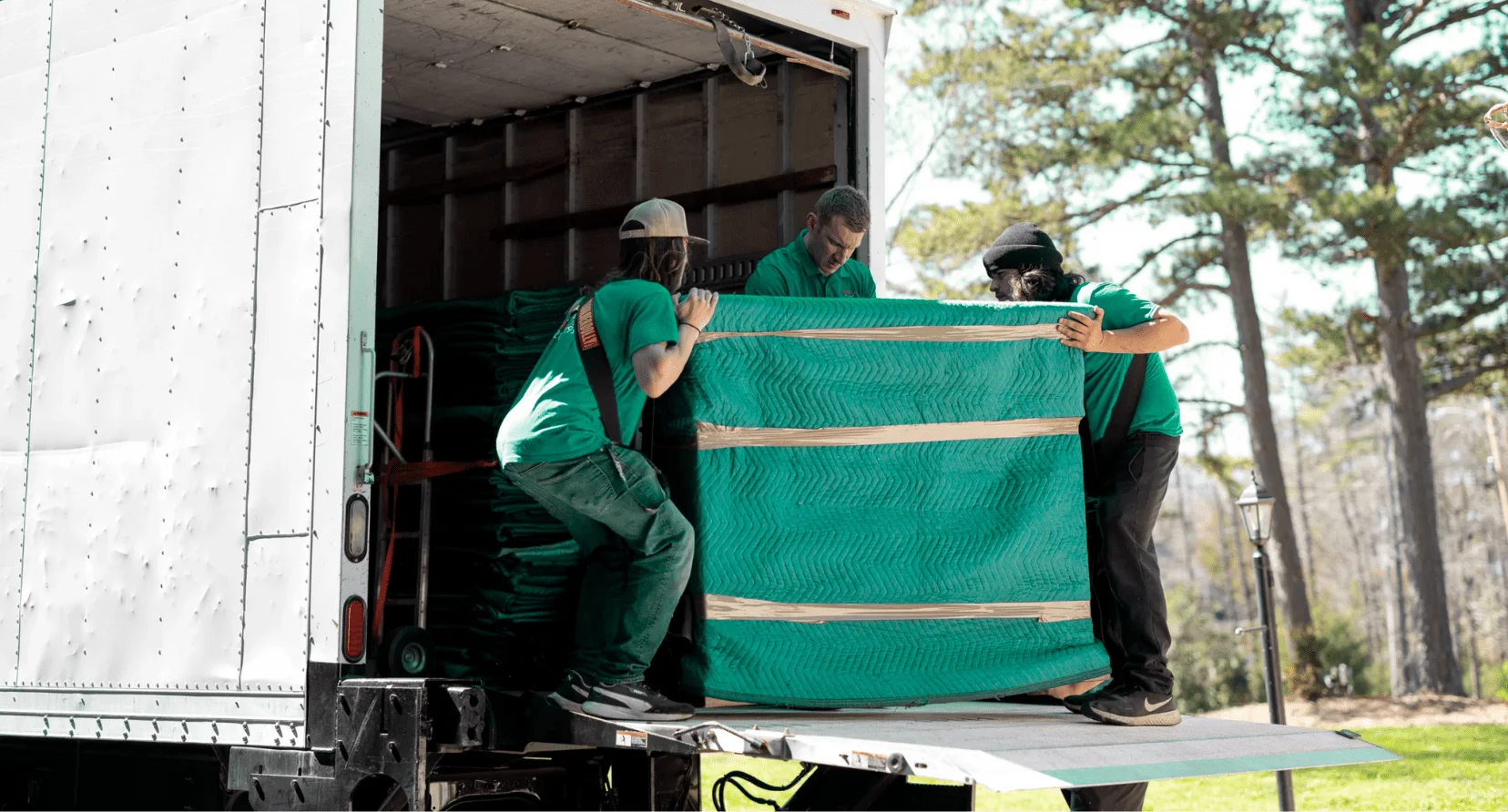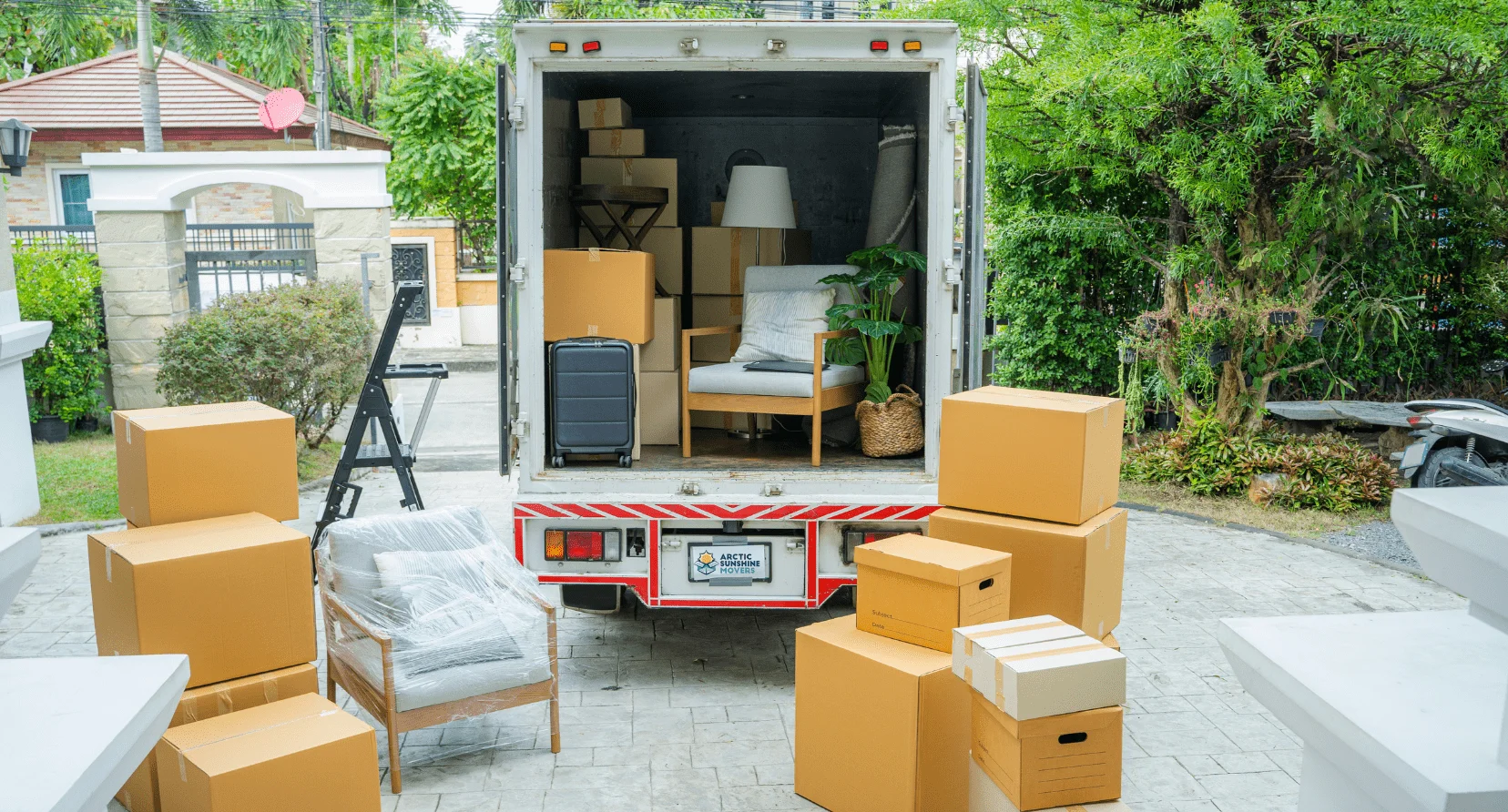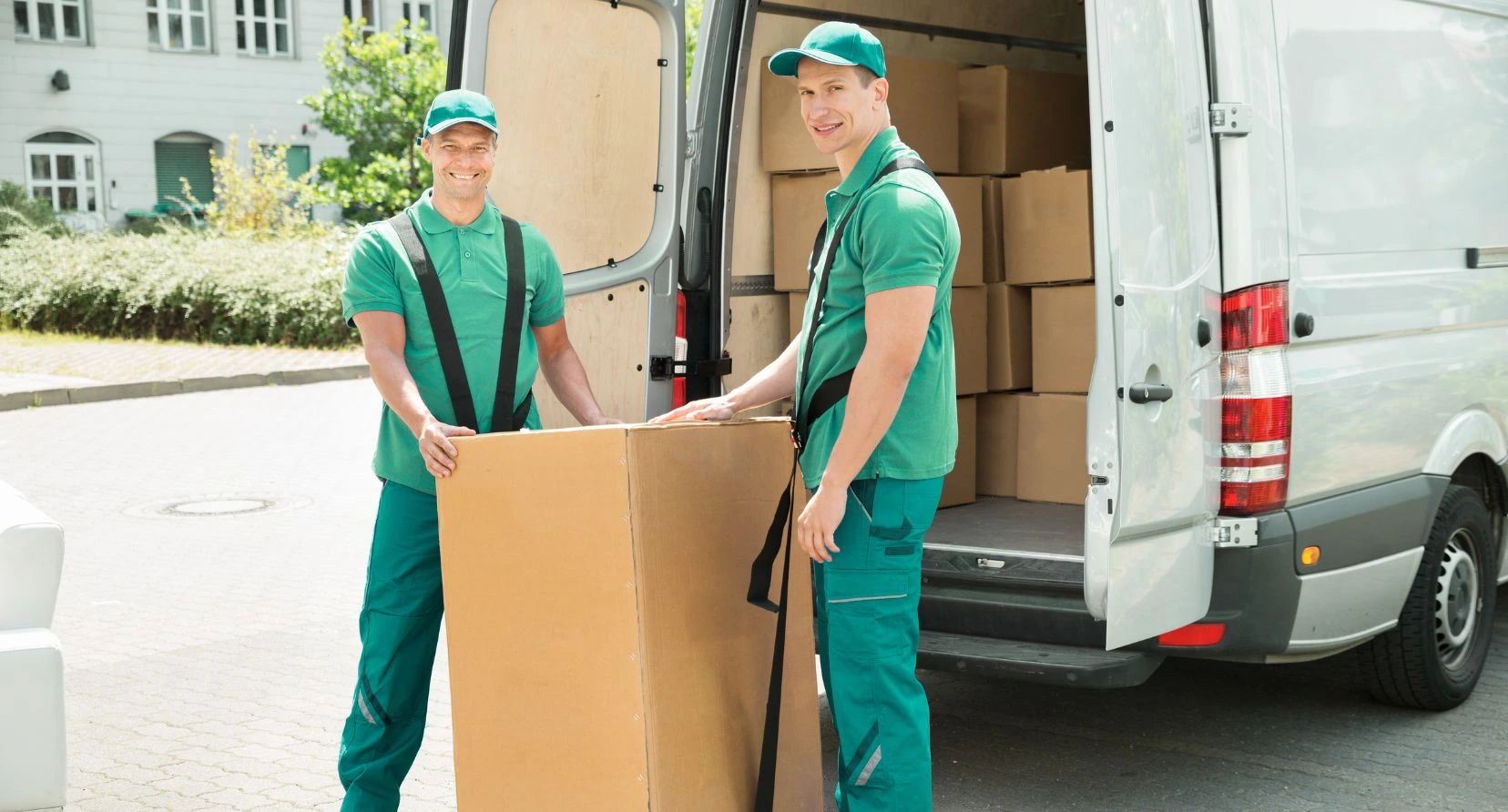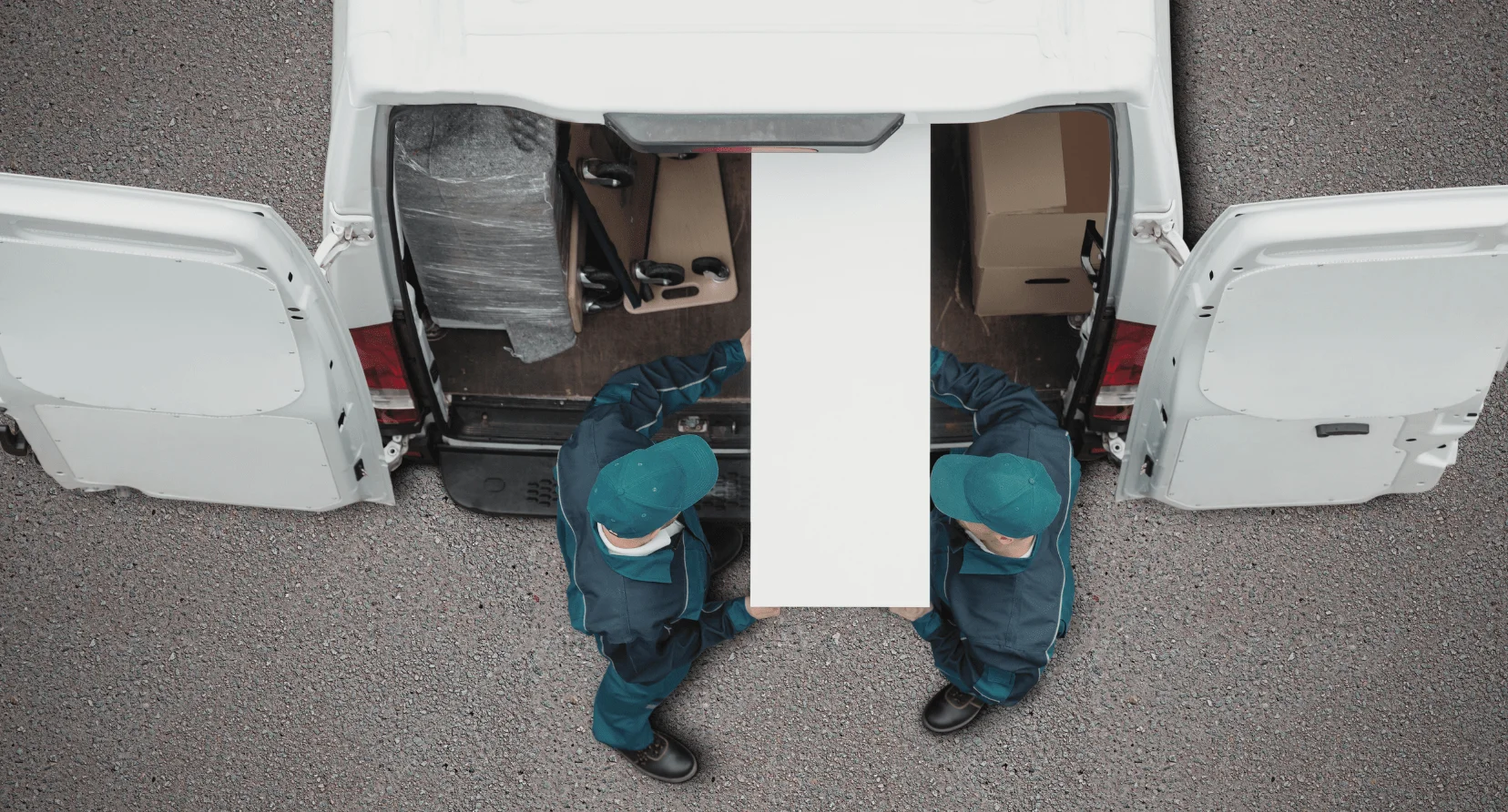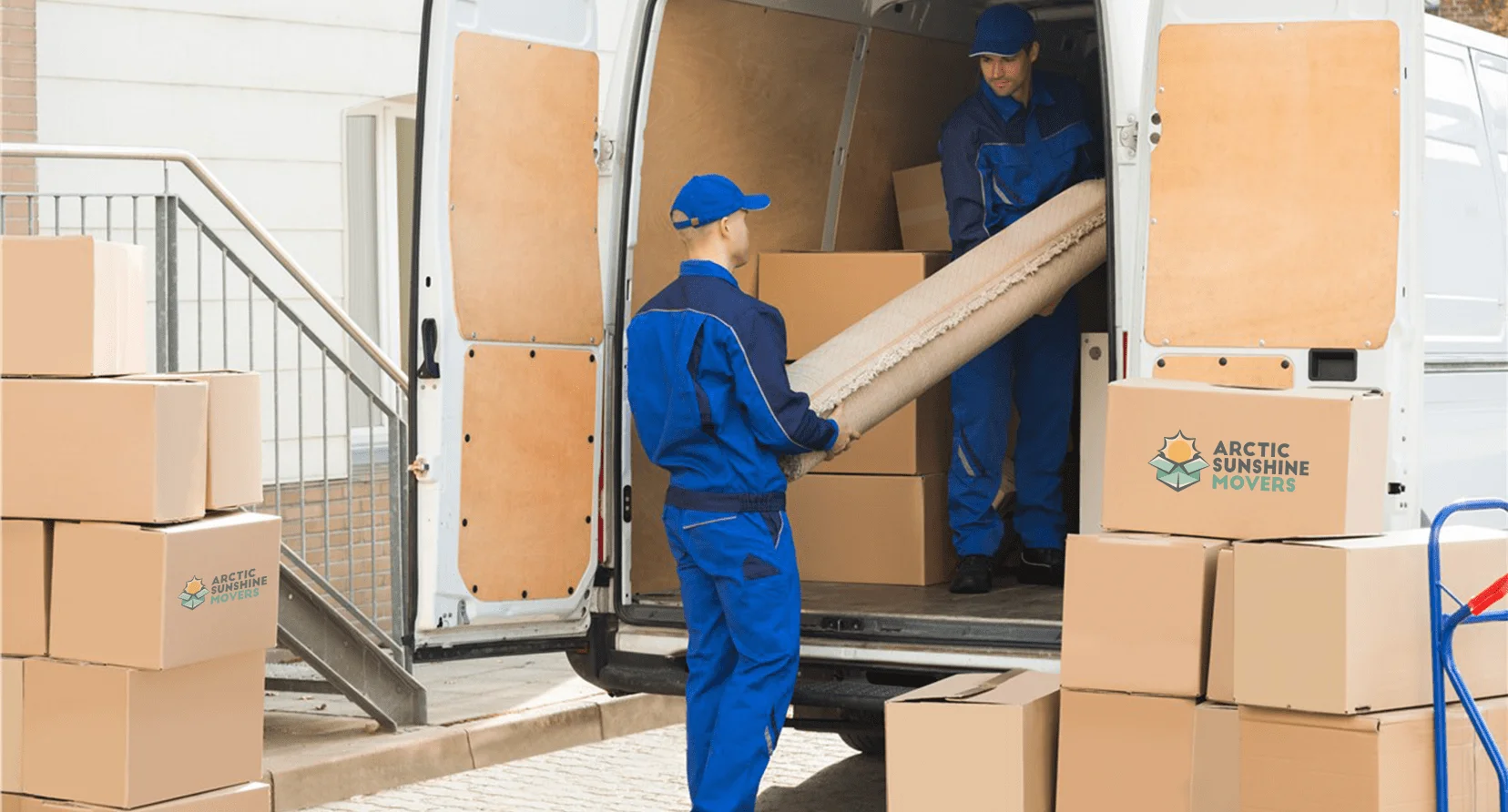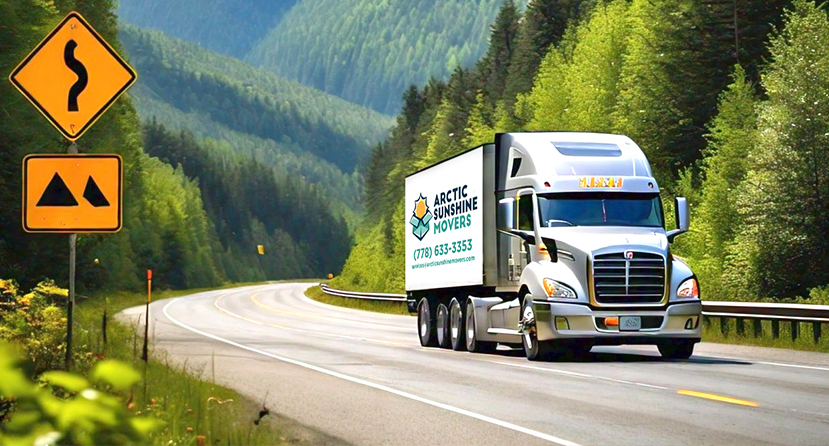
August 12, 2025
How to Prepare Pets for a Long-Distance Relocation
Moving across the country is exciting, but if you’ve got furry family members, it can also feel overwhelming. The good news? With the right moving tips and some planning, you can make the journey smooth and stress-free for you and your pets.
Your pets don’t understand why everything changes, so they rely on you to make the transition easy. It might feel like a lot, but here’s some encouragement: thousands of pet owners relocate with their animals yearly—and you can do it too.
In this guide, we’ll cover everything you need to know about moving with pets. From prepping them for the trip to helping them settle into your new home, you’ll find practical advice to keep your pets safe, happy, and comfortable every step of the way. Let’s make this big move an adventure you’ll all handle together!
Start Planning Early for Success When Moving With Pets
Planning a long-distance move with your pet? Here’s the secret: start early—at least 8-12 weeks before your move date! Giving yourself this extra time helps you handle any surprises and ensures your furry friend gets the care they need.
Make a moving checklist just for your pet. Consider scheduling vet visits, getting the right travel carrier, gathering all the necessary paperwork, and researching your new location. Starting early means less stress later, so you can focus on making thoughtful choices instead of rushing.
Speaking of your new home, do your homework! Every place is different—the climate, local vets, pet-friendly housing, or specific pet rules. Knowing what to expect will help you prepare your pet and make the move as smooth as possible.
Essential Health Preparations
Your vet will be your go-to ally when planning a big move with your furry friend! Schedule a full health check-up at least 4-6 weeks before your move. During this visit, your vet can take care of vaccinations, health certificates, and any travel medications your pet might need.
Ask for copies of all their medical records, vaccination history, and prescription details. It’s a good idea to keep both physical and digital versions—you never know when you’ll need them while travelling or setting up with a new vet in your new home.
If your pet gets anxious, talk to your vet about anti-anxiety medications or natural calming remedies. Long trips can be tough on animals, and having options ready can make things easier for both of you. Some pets even benefit from trying these out ahead of time to see how they respond.
Lastly, double-check your pet’s ID! Make sure their collar has updated contact info, like your cell number and new address. And don’t forget to update their microchip details, too—it’s a simple step that can make a huge difference.

Choose the Right Transportation Method
Travelling long distances with your pet can feel overwhelming, but there are plenty of options to make the journey smoother! The best choice depends on your pet’s size, personality, and health. Let’s break it down:
Road Trips
Driving cross-country gives you the most control over your pet’s experience. You can take breaks whenever needed, stick to familiar routines, and keep your furry friend comfortable. However, it does require some planning.
Make sure to map out pet rest stops every 2-3 hours and check out pet-friendly hotels along your route. Book those hotels in advance—pet-friendly rooms can fill up quickly!
Flying
Flying is the fastest way to travel, but it does take a little extra preparation. Small pets can usually travel with you in-cabin, but larger ones might need to go in the cargo hold. Every airline has different pet rules, so be sure to research before you book.
If you can, go for direct flights to reduce stress (and the chance of lost carriers), and avoid flying during extreme weather or busy travel times.
Pet Transport Services
Professional pet transport services could be the way to go if you’re looking for a hands-off, stress-free option. These experts manage everything from start to finish, making the move easier for you and your pet. While it’s a pricier choice, the peace of mind can be worth it.
Whatever option you choose, the key is preparation and ensuring your pet feels safe and cared for along the way. Safe travels!
Prepare the Perfect Travel Setup
Your pets need comfortable, secure spaces during long-distance pet travel. The right equipment greatly affects their stress levels and overall experience!
Choosing Travel Carriers
Size matters! Your pet should be able to stand, turn around, and lie down comfortably in their carrier. Too large creates instability, while too small causes discomfort and anxiety.
Introduce carriers gradually over several weeks before moving day. Place familiar bedding, favourite toys, and treats inside to create positive associations. Some pets need daily short trips in their carrier to build confidence!
Packing Pet Essentials
Create a pet survival kit for the journey! Pack enough food for the entire trip plus 3-5 extra days, familiar bedding, favourite toys, medications, waste bags, cleaning supplies, and comfort items that smell like home.
Keep a separate bag with immediate needs that is easily accessible. This should include water, food bowls, leashes, waste bags, and any medications your pets might need during travel stops.
Managing Travel Day Like a Pro
Moving day arrives, and you’re ready! Start with your pets’ normal morning routine—familiar activities help reduce anxiety. Feed them a light meal 3-4 hours before departure to prevent motion sickness while ensuring they’re not travelling on an empty stomach.
Take plenty of photos of your pets before departure! This might seem silly, but having current photos is important if separation occurs during the move. Include shots that clearly show any distinctive markings or features.
During Road Travel
Never leave pets unattended in vehicles, especially during temperature extremes! Even short stops can become dangerous quickly. Plan fuel stops, meal breaks, and overnight stays with your pets’ needs as the top priority.
Maintain calm, positive energy throughout the journey. Your pets pick up on your stress levels, so staying relaxed helps them stay relaxed too! Play soft music, speak in soothing tones, and offer regular reassurance.
During Air Travel
Arrive at the airport with plenty of extra time for check-in procedures and security screenings. Bring all required documentation in easily accessible folders—you’ll need to present these multiple times during the process.
Keep carriers under the seat for in-cabin travel and avoid opening them during the flight. Confirm your pets’ safe loading and arrival with airline staff whenever possible for cargo travel.

Settling Into Your New Home
Congratulations—you’ve arrived! Now comes the crucial settling-in period, which determines how quickly your pets adapt to their new environment.
First Week Priorities
Set up a quiet, familiar space immediately upon arrival. Use their regular bedding, toys, and food bowls to create an instant comfort zone. This designated safe space becomes their retreat while they explore and adjust gradually.
Maintain familiar routines as much as possible! Feed meals regularly, stick to established walking schedules, and continue normal play activities. Consistency provides security during this period of major change.
Finding New Local Resources
Research local veterinarians before you need them! Schedule introductory appointments within the first week to establish care relationships and discuss your pets’ travel experience. Having these connections established provides peace of mind.
Locate nearby pet stores, grooming services, dog parks, and emergency animal hospitals. Knowing where these resources exist eliminates stress when you need them!
Watch for Adjustment Signs
Every pet adjusts to relocation differently! Some adapt within days, while others need several weeks to feel completely comfortable. Understanding normal adjustment behaviours helps you provide appropriate support.
Normal Adjustment Behaviours
Temporary changes in appetite, sleep patterns, or activity levels are completely normal! Your pets are processing major environmental changes, and their routines need time to stabilize in the new location.
Increased clinginess or mild anxiety often occurs during the first 1-2 weeks. Provide extra attention and reassurance while maintaining consistent boundaries and expectations.
When to Seek Help
Contact your new veterinarian if appetite loss continues beyond 3-4 days, if anxiety seems severe or worsening, or if you notice any physical symptoms like vomiting, diarrhea, or lethargy that don’t improve quickly.
Don’t hesitate to seek professional advice! Your pets’ well-being is worth a phone call, and experienced veterinarians can provide valuable guidance during this transition period.
Your Successful Pet Relocation Journey Starts Now!
Moving with pets across long distances doesn’t have to be overwhelming! Proper planning, the right preparation, and a positive attitude can create a safe, comfortable experience for your furry family members.
Remember that every step you take in advance makes the moving process easier and less stressful. Your pets are counting on you to make smart decisions, and now you have all the pet relocation tips and strategies needed for success!
Start your planning today by creating that essential timeline and scheduling your pets’ pre-move veterinary appointments. The earlier you begin, the more confident and prepared you’ll feel when a moving day arrives. Your pets will thank you for the extra care and attention you put into making their relocation experience as smooth as possible!
Planning a long-distance move? Call Arctic Sunshine Movers for a smooth, stress-free relocation.


